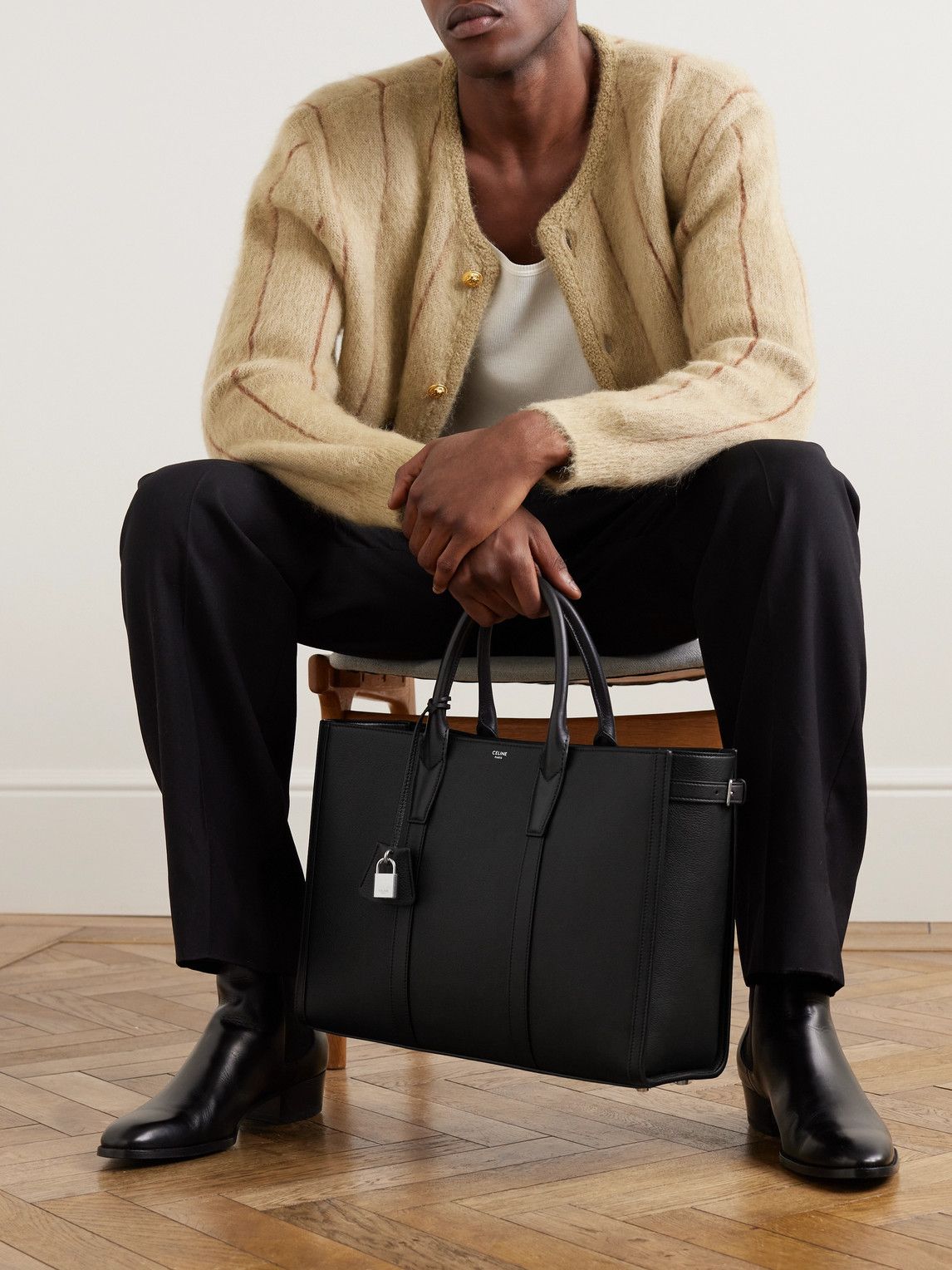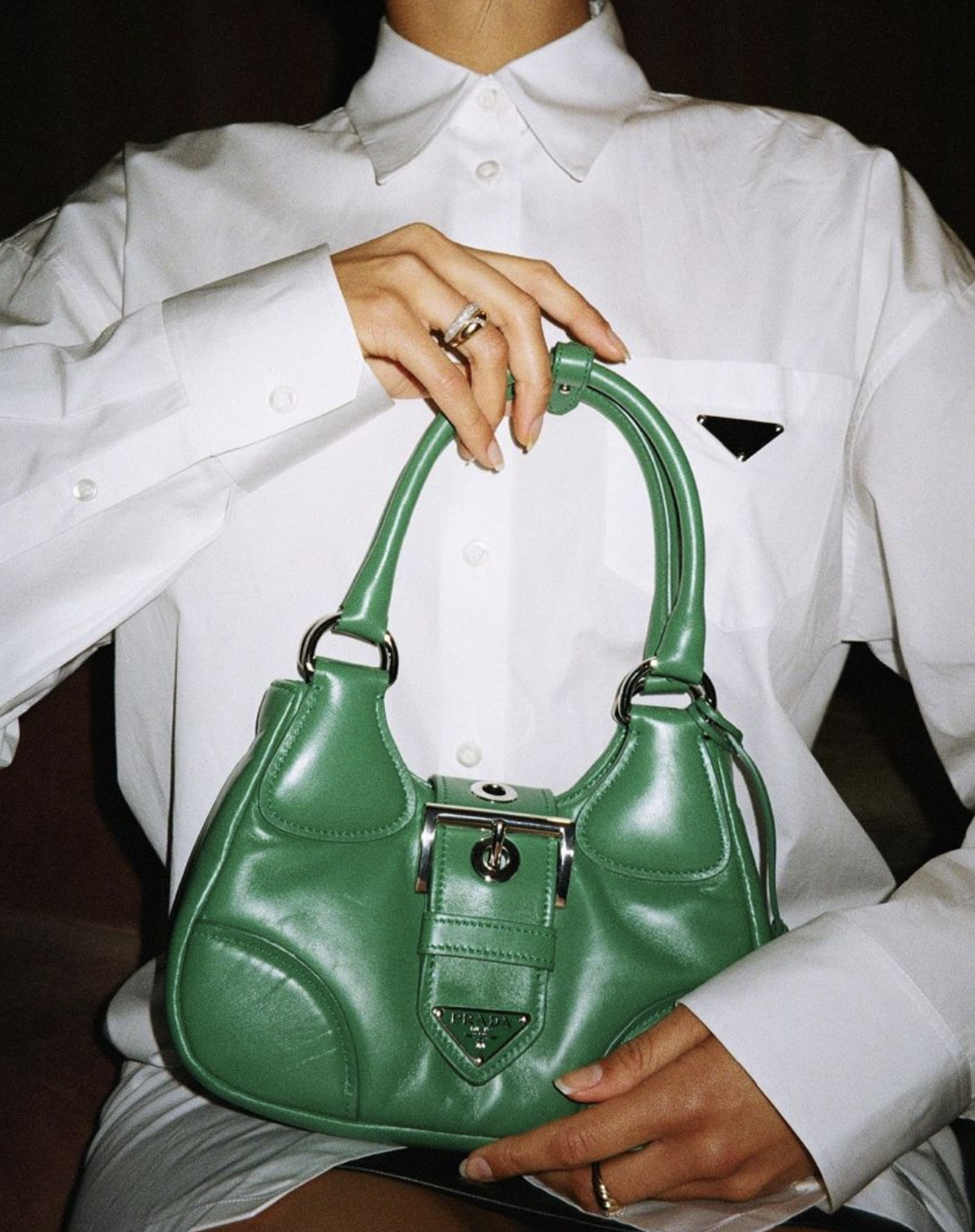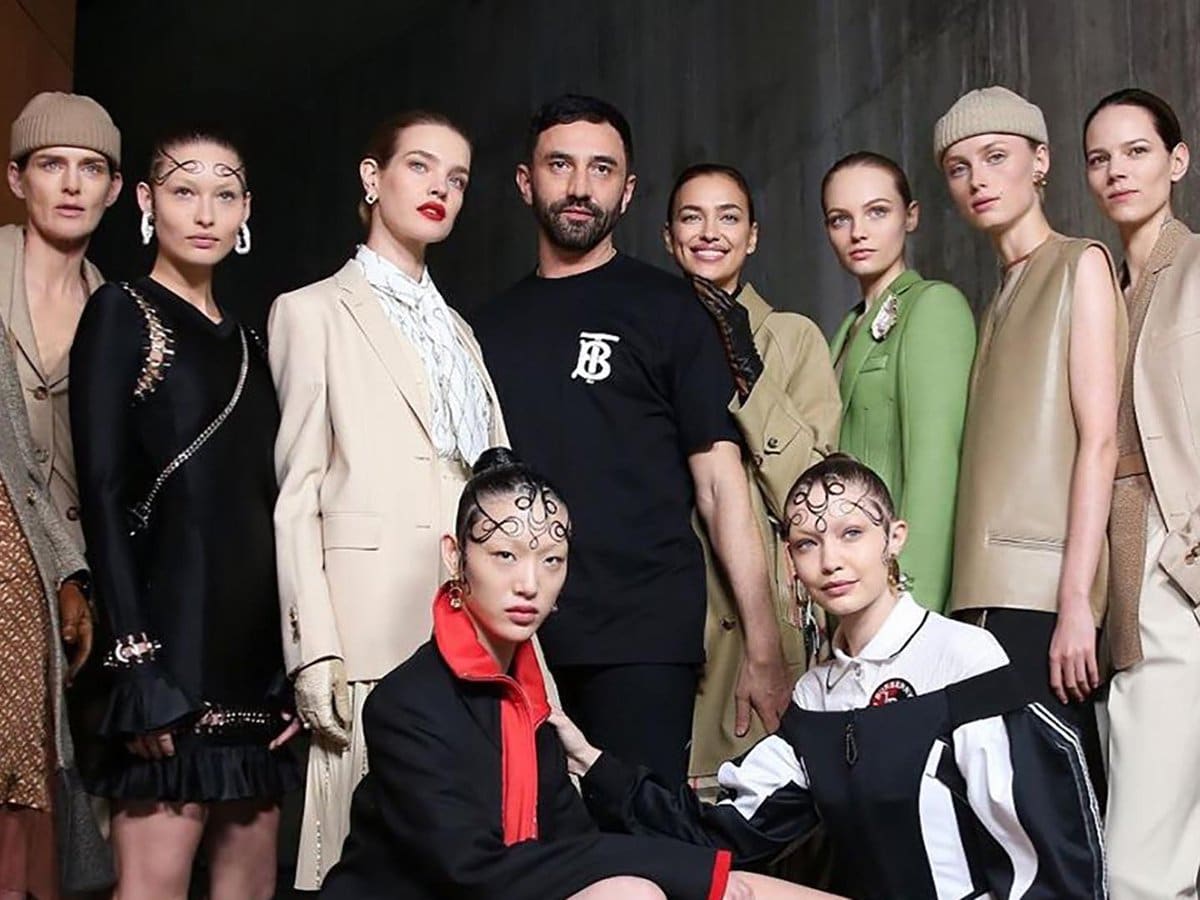Before Phoebe Philo’s arrival, Celine was recognized largely for its understated French elegance and quality leather goods but lacked a distinctive identity in the crowded luxury market. When Philo took the creative helm in 2008, she envisioned not just a change in collections but a resurrection of the brand’s very ethos. Drawing from her previous experience at Chloé and her sharp understanding of contemporary women’s needs, Philo propelled Celine into a powerhouse of minimalism, sophistication, and modern luxury.
Defining an Era: The Cult of Minimalism
Phoebe Philo’s period at Celine became closely associated with minimalistic elegance. Instead of embracing the lavish and decorative styles that were trendy then, she refined her collections to emphasize clean lines, creative tailoring, and premium materials. A notable instance is the Spring/Summer 2010 collection, which displayed sleek, structured designs, pristine white shirts, and groundbreaking tailoring that revamped women’s professional attire.
Her ideology connected with an expanding group of women—experts, artists, and trendsetters—who sought out both practicality and style. By advocating for a minimalist approach, Philo introduced a fresh language for luxury, steering clear of flashy logos and excessive embellishments in favor of refinement and depth. This path not only set Celine apart within the LVMH brand collection but also influenced the direction of rival luxury fashion brands.
Famous Items and Fresh Necessities
The product strategy under Philo’s leadership was as influential as her runway approach. She introduced handbags that quickly became status symbols, such as the Luggage Tote, Trapeze, and the Trio crossbody. These designs embodied Philo’s appreciation for practicality while maintaining a sculptural and almost architectural presence. The Luggage Tote, characterized by its “face-like” design and sturdy form, was frequently spotted on celebrities, influencers, and everyday women. Sales figures reflected the popularity: within just a year, Celine’s leather goods sales soared, and waiting lists for key items became the norm.
Footwear underwent a contemporary update, featuring sock boots and skate shoes that predicted fashion trends well before they became widely popular. The reimagining of traditional wardrobe essentials—such as large coats, sharp shirts, and loose-fitting trousers—established the style for a whole decade of high-end fashion.
Influencing Fashion Trends
Philo’s time in charge was characterized by fostering a heartfelt bond between women and their clothing. Her fashion lines often incorporated elements from everyday life and were meant for practical use, not just for show. The renowned advertising series, captured by Juergen Teller, avoided excessively-staged or overly-perfect visuals, opting instead for genuine, spontaneous realism. This distinctive style resonated with the sincerity that was synonymous with contemporary luxury in that era.
Her impact reached further than just fashion and accessories, turning into a mindset about self-perception for women: strong, knowledgeable, and disinterested in fleeting trends. The term “Philo woman” became a part of fashion vocabulary, conjuring an image of understated self-assurance, autonomy, and artistic judgment.
Business Performance and Industry Response
The influence of Philo’s innovative leadership on commerce was significant. It is said that Celine’s income tripled, while stores around the world saw more visitors from a fresh audience captivated by Philo’s ideas. Experts in the field observed that while she was at the helm, Celine’s stature among luxury shoppers surged notably, elevating it to the ranks of renowned brands like Chanel and Hermès in terms of appeal.
Competitors began to echo Philo’s minimalist aesthetic—a testament to the movement she sparked. Designers like Daniel Lee at Bottega Veneta and Demna Gvasalia at Balenciaga began to incorporate aspects of her ethos, proving her enduring legacy. The influence also permeated fast fashion, as streamlined silhouettes and neutral palettes became ubiquitous across retail sectors.
Enduring Impact and Aftereffects Following Exit
When Phoebe Philo departed Celine in 2017, there was palpable apprehension within both the fashion industry and among consumers. Her absence was seen not just as a change in creative direction, but as the end of an era that had defined contemporary women’s fashion. What followed were signs of “Philo withdrawal”—online communities like “Old Céline” emerged, celebrating her collections and even driving up resale prices for Philo-era pieces.
The demand for her comeback has seldom waned, resulting in significant eagerness for her future artistic endeavors. Many former members of her team during her time at Celine have continued to make an impact throughout the industry, infusing elements of her work style, minimalist philosophy, and dedication to authenticity into other companies.
Phoebe Philo’s era at Celine went beyond enhancing a high-end brand; it sparked a generational change in women’s fashion perceptions and self-view. Her focus on importance, excellence, and practicality reshaped fashion’s goals, urging both buyers and industry figures to prioritize depth as much as aesthetics. Currently, the discourse about “quiet luxury” and thoughtful minimalism endures—a proof of the framework she crafted while at Celine. Through her contributions, Celine not only made its presence known but, under Philo’s guidance, set a new benchmark for contemporary attire.





